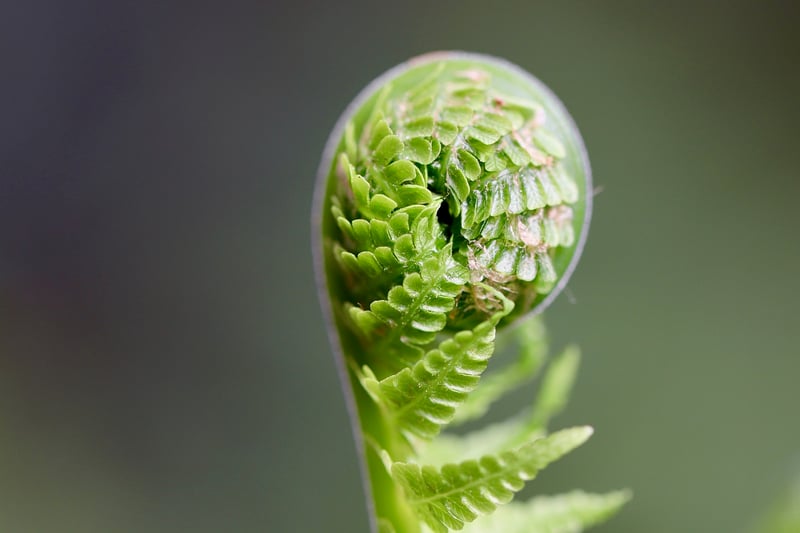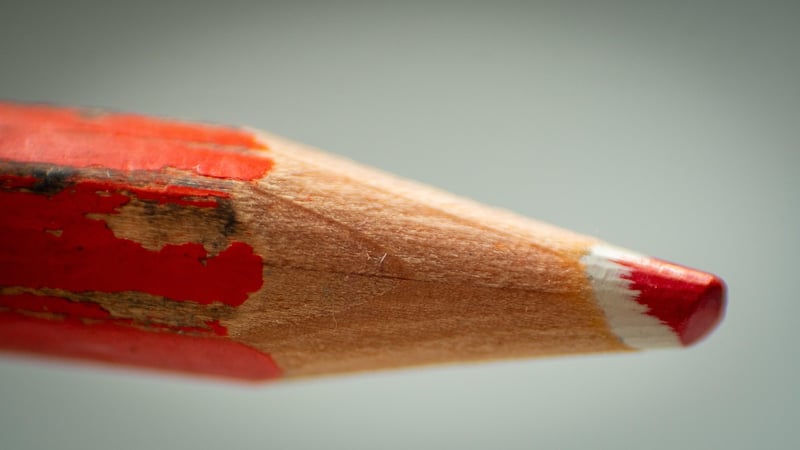Watering Tips
Guide to Healthy Plants: Essential Watering Tips
Introduction
Welcome to our comprehensive guide on keeping your plants healthy through proper watering techniques. Whether you are a seasoned gardener or just starting, understanding how to water your plants correctly is essential for their overall well-being and growth.
1. Know Your Plants
Before watering your plants, it's crucial to understand the specific needs of each type of plant you have. Some plants require more water, while others prefer drier conditions. Research the watering requirements of your plants to ensure you are providing the right amount.
2. Watering Frequency
Establish a watering schedule based on the type of plant, its size, and the environmental conditions. Overwatering can lead to root rot, while underwatering can cause wilting and stunted growth. Check the soil moisture regularly to determine when to water.
3. Watering Techniques
- Water at the base: Direct water at the base of the plant to ensure it reaches the roots where it's needed most.
- Deep watering: Water deeply but less frequently to encourage deep root growth and drought tolerance.
- Avoid wetting foliage: Watering leaves can lead to diseases; focus on the soil instead.
4. Best Time to Water
Water your plants in the morning to allow for absorption during the day and reduce the risk of fungal diseases. Avoid watering in the evening, as prolonged moisture on leaves can promote fungal growth.
5. Consider the Environment
Adjust your watering schedule based on the weather conditions. Plants may need more water during hot, dry periods and less during cooler, rainy seasons.
6. Use Quality Water
Try to use room temperature water to avoid shocking the plant's roots. If possible, collect rainwater for watering as it's free of chemicals and better for the environment.
Conclusion
By following these watering tips and understanding the needs of your plants, you can promote healthy growth and vibrant blooms. Remember, proper watering is key to a thriving garden!

